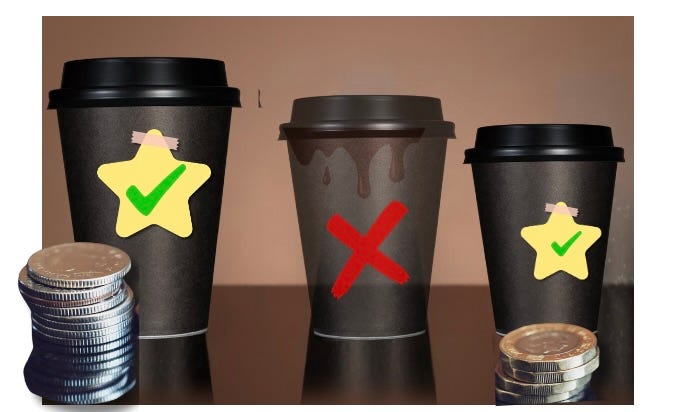The Death of Mid-Budget TV: A New Tortured Reality
As buyers seek only high or low-budget, producers confront a disappearing market for bread-and-butter series — and learn new ways to get around it
Manori Ravindran covers international TV from London for Series Business. She recently wrote about the mysterious silence of Paramount U.K.’s programming impresario and its implications, what’s selling and who’s buying in the global TV market and Tubi’s launch in the U.K. for the broke Letterboxd generation.
What do jilted Oasis fans and the “squeezed middle” of British television have in common? They’re both sick of being wrung out to dry in service of corporate agendas.
Certainly, the abject shock of seeing a sticker price double at checkout thanks to “dynamic pricing” — a horrifying experience for many of us at the tail end of hours-long Ticketmaster queues for the Oasis reunion — is not dissimilar to the bait-and-switch and financial pain experienced by most working in the U.K. TV industry in the past year. During last month’s Edinburgh TV Festival, one of the primary topics of conversation centered on the polarization in the market that’s crushing mid-size companies with overheads and staff to pay, along with an erosion of “mid-market” shows, particularly unscripted ones.
But for as much as everyone in the industry has bandied about the phrase “mid-market” for months on end, there’s only a thin understanding of what, precisely, is a show “in the middle,” how much it costs — and whether they really are going away.
Some executives have tried to decode the “middle” in public forums. ITV’s media and entertainment boss Kevin Lygo suggested in Edinburgh that mid-market offerings are “slightly soft” programs featuring, say, Barbour-clad presenters going on nature walks in the countryside. Channel 4’s chief content officer Ian Katz described them as “gentle obs docs (observational documentaries) about people giving birth or life in the zoo.” Oof! They’re being rhetorically dismissed as these British broadcasters competing against streamers embrace the crime and celebrity that populates their rivals’ tiles.
But aren’t these warm lifestyle and human-interest shows the bedrock of British factual programming, sold by international TV distributors to channels and streamers around the world? Wouldn’t, technically, the first iteration of The Great British Bake Off — before the celebrities, format sales and international acclaim — have been a “mid-market” show, too? If we’re turning our backs entirely on these genres, where are future factual juggernauts going to come from?
In this week’s edition, you’ll learn:
How the disappearing “middle” is a fig leaf for slashing budgets
Hard numbers for the actual cost per hour for low-end, middle and high-end shows
The kinds of genres being bought — and the one distributors won’t touch with “a barge pole”
Who’s stepping in now to fund these essential shows
How distributors are replacing broadcasters as the ones commissioning series
Why every show now being greenlit needs “a headline” attached to it — and how that makes the market even more competitive
How early-career producers are being shunted into making micro-budget digital shorts
How producers are trying to build a sustainable business with enough volume to keep going





